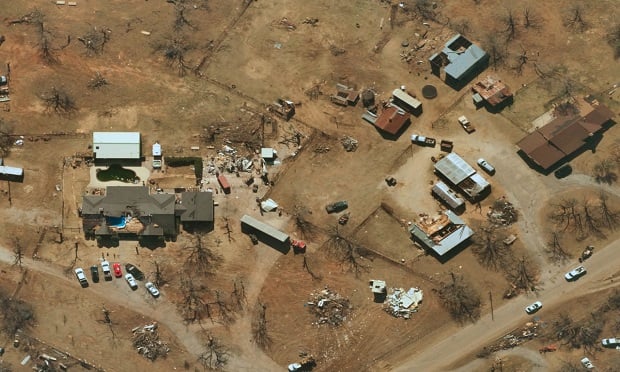 The right imagery can help insurers respond more quickly and effectively to disasters, and can also help them advise customers on how to keep small problems from becoming larger ones. (Photo: Near Space Labs)
The right imagery can help insurers respond more quickly and effectively to disasters, and can also help them advise customers on how to keep small problems from becoming larger ones. (Photo: Near Space Labs)
Risk profiles of insured properties evolve over time and it can be challenging for property and casualty insurers to update policies to keep pace with normal year-to-year changes. Climate change adds a substantial wrinkle to the equation by increasing the frequency and impact of natural disasters. Access to visual data will be critical for P&C underwriters and adjusters to help their customers recover quickly from disasters, as well as to mitigate and adapt to future changes that impact the claims environment.
Recommended For You
Want to continue reading?
Become a Free PropertyCasualty360 Digital Reader
Your access to unlimited PropertyCasualty360 content isn’t changing.
Once you are an ALM digital member, you’ll receive:
- Breaking insurance news and analysis, on-site and via our newsletters and custom alerts
- Weekly Insurance Speak podcast featuring exclusive interviews with industry leaders
- Educational webcasts, white papers, and ebooks from industry thought leaders
- Critical converage of the employee benefits and financial advisory markets on our other ALM sites, BenefitsPRO and ThinkAdvisor
Already have an account? Sign In Now
© 2025 ALM Global, LLC, All Rights Reserved. Request academic re-use from www.copyright.com. All other uses, submit a request to [email protected]. For more information visit Asset & Logo Licensing.








